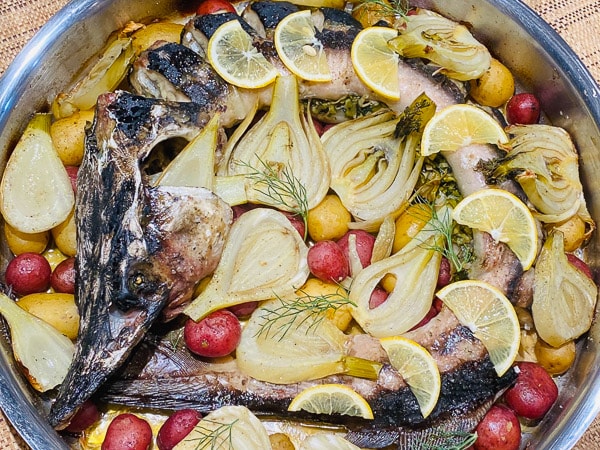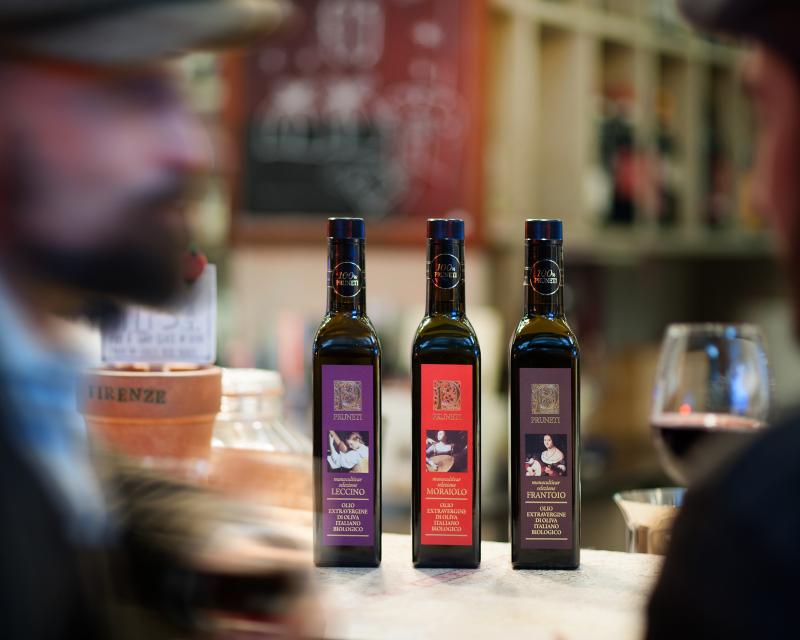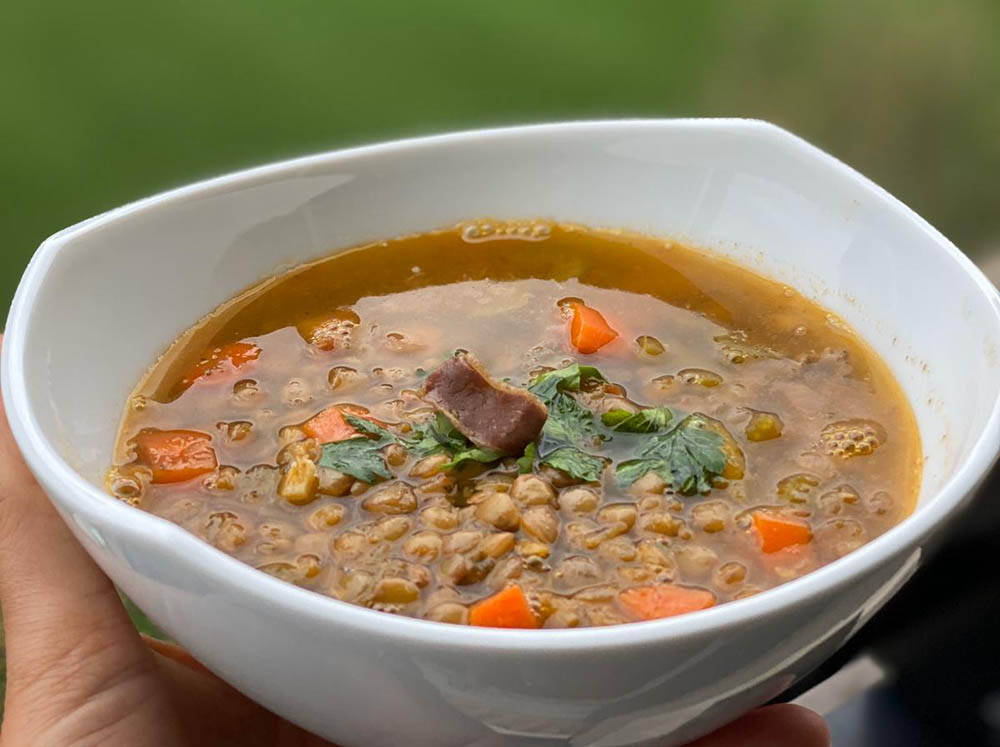Prosciutto Primer: Understanding Italy's Beloved Cured Meat
Prosciutto, longevity in anyone's culinary exploration, is not just a slice of ham — it's an art, a tradition, and the crown jewel of Italian cured meats. When you take a bite of prosciutto, you're not just experiencing flavor; you're stepping into the ancient heritage of a country that considers the craft behind this delicacy as important as its taste. For food enthusiasts, home cooks, and those who savor the finer notes of gastronomy, this thorough exploration of prosciutto is the ultimate guide to appreciating one of Italy's most renowned flavors.
A Slice of Italy: The Essence of Prosciutto

The word 'prosciutto' translates into 'ham' in Italian, and while this might seem a mundane descriptor, prosciutto di Parma and prosciutto di San Daniele, the most famous varieties, are anything but ordinary.
The Noble Origins
Prosciutto's origins reflect those of a noble character—the Romans are believed to have practiced the art of salting hams, effectively creating the prototype for modern-day prosciutto. It wasn't until the aristocracy of the Middle Ages that the curing process of prosciutto, particularly the slow-aging method, was refined and treated as a ceremonial practice.
Taste of Terroir
Illustriously tied to its place of origin, 'terroir' gives prosciutto its distinct flavor. The Parma ham benefits from a gentle breeze of the Po Valley’s fresh and dry air. San Daniele, by contrast, rests in the natural air currents from two converging hills. This diversity gives each prosciutto its unique taste and distinctiveness.
Thin Slices, Rich History
Prosciutto is more than a preserved meat; it's a time capsule of tradition, an encapsulation of a millennium-old process that's passed down from generation to generation.
Handing Down the Legacy
To understand prosciutto is to trace a family tree layered in time and tradition. Furlan, Toscano, and Veneto families have carried the torch of this tradition, showcasing their techniques and creating distinctions that now stand as cultural hallmarks.
The Art of Aging
Each prosciutto's discovery involves the tasting of time. Legacies come with prosciutto di Parma ages with no less than a year, while the best varieties extend this courting centuries to provide layers of complexity that timelines only reserve for the finest wines and aged cheeses.
Made with Precision and Patience
The process of making prosciutto is a forced meditation in patience. It's about doing less to achieve more, allowing time and the elements to dance on a blank canvas of meat.
The Curing Ceremony
The ceremonial aspect of curing is not lost here. At its core, it's a methodical process— select hams seasoned with only sea salt, left to rest so osmosis can work its magic, and then a slow, steady aging.
Aged to Perfection
This is not the art of the rush but the slow burn. For at least nine months, but often for much more, prosciutto waits in the cool climate of the aging cellars. The result? A tender meat that's almost translucent and a flavor that is unmistakably robust and concentrated.
Regional Rivalries and Revelations
Italy's culinary landscape is often a tale of regional pride. Prosciutto is no exception, with each region offering its twist on this esteemed tradition.
Parma versus San Daniele
At the heart of the debate, prosciutto di Parma, a symbol of the fertile Po Valley, and prosciutto di San Daniele, the star of the Friuli Venezia Giulia region. Both renowned, yet each prosciutto tells a different story of a land and its people.
Discovering Diversity
While these two might be the leading stars, other regional varieties like prosciutto di Modena and prosciutto Toscano offer an entire spectrum of taste and texture, proving that Italy's map is as much a recipe book as it is a country.
The Perfect Pairings
To truly savor the essence of prosciutto, one must learn the art of pairing — a harmony of flavors that make the prosciutto experience genuinely wholesome.
Wine and Cheese...a Beautiful Marriage
The adage of wine and cheese extends to include prosciutto. For a quintessentially Italian experience, pair prosciutto with a glass of Lambrusco, a sparkling red from the wine region of Modena, and a side of Parmigiano-Reggiano.
Beyond Traditional Tastings
While these classics are timeless, there's more than one way to enjoy prosciutto. Its saltiness contrasts beautifully with the sweetness of ripe fruits, the richness of buttery avocados, and even the creaminess of a well-made risotto.
Innovating Tradition
Innovation and tradition might seem like paradoxical bedfellows, but in the context of prosciutto, they coexist harmoniously.
The Technological Edge
Modernization has allowed for more controlled environments, which, in turn, have increased consistency. This is not to supersede the old ways but merely to enhance and protect traditions from becoming lost in time.
Meeting Modern Expectations
Lighter prosciutto, gluten-free, or even organic—now there's a prosciutto for every modern food expectation. While purists might raise an eyebrow, these adaptations are essential in maintaining prosciutto's relevance.
Resonance in the Present, Vision for the Future
Cultural staples like prosciutto are often encapsulated in the amber of the past, but what does the future hold for this tradition?
Rising to the Challenges
Climate change, sustainability, and an evolving palate pose challenges, but the commitment to prosciutto is unwavering. Innovations in technology, sustainable sourcing, and an increasing conscientiousness towards the environment are paving the way for prosciutto to not just survive but thrive.
An Open Door to the World
Prosciutto's surge on the global stage is not just a matter of taste, but of a global realization that the roots of prosciutto run deep, and it is these traditions that bind us all. As it opens its doors to the world, it invites each of us to a slice of its heritage.
A Culinary Culmination
To understand prosciutto is to immerse oneself in the cultural tapestry of Italy, to grasp the meticulousness of a craft, to taste tradition. It's in the slice of prosciutto that we don't just get a taste of Italy; we get a taste of history.
In conclusion, as you savor the next slice of prosciutto, remember that it's not just an exquisite appetizer or a key ingredient in a recipe — it's a story, a tradition, and an art. It's a testament to the richness of time and the resilience of traditional practices in a world that continuously evolves. Whether you're a connoisseur or a curious newcomer to the world of gourmet food, exploring the nuances of prosciutto opens a door to a deeper appreciation of Italian culture and culinary heritage.






